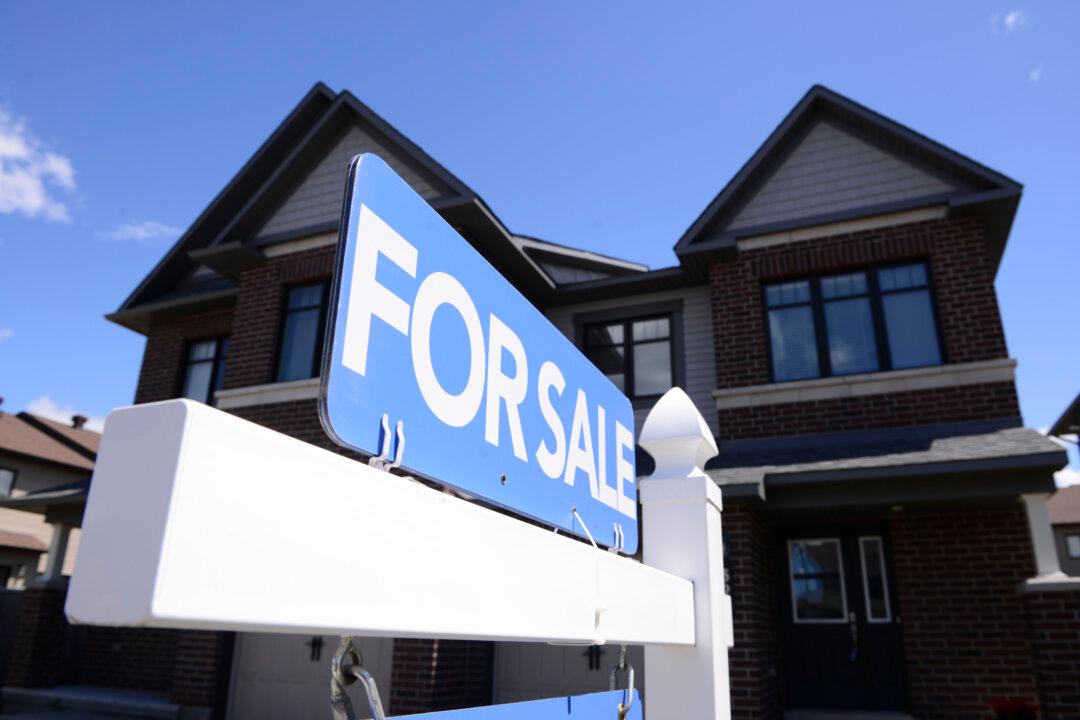The presence of investors in Canada’s housing market has steadily increased since the onset of the COVID-19 pandemic, with this group purchasing nearly one-third of all residential properties in the first three months of 2023, according to data by the Bank of Canada (BoC).
Released on Sept. 8, the central bank’s data shows that investors accounted for 29.9 percent of home purchases nationwide in the first quarter of this year—an increase from the 28.25 percent recorded during the same period last year, and 21.78 percent in 2020.





